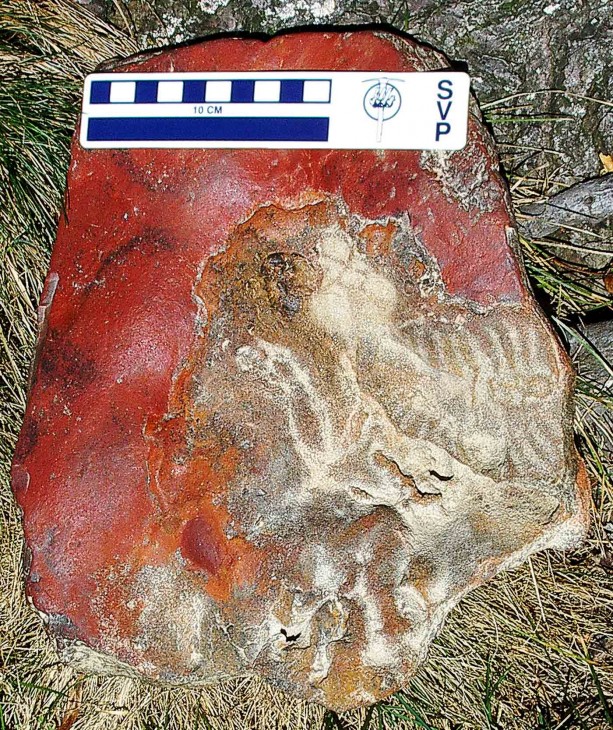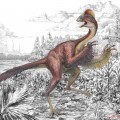Researchers at the Johns Hopkins University School of Medicine with help from amateur fossil hunter Ray Stanford, have described a previously unknown armored dinosaur hatchling from a fossil discovered in 1997 by Stanford near College Park, Md. The fossil represents the youngest nodosaur ever discovered, and the only known specimen of a new genus and species of dinosaur that lived approximately 110 million years ago during the Early Cretaceous Era. The new dinosaur, Propanoplosaurus marylandicus, was described in the Sept. 9, 2011 issue of the Journal of Paleontology.
The hatchling nodosaur fossil was donated to the Smithsonian’s National Museum of Natural History by Stanford, where it is on display to the public and also available for research.
After finding the fossil Stanford identified it as a nodosaur and called David Weishampel, a professor of anatomy at Johns Hopkins and a paleontologist and expert in dinosaur systematics. Weishampel and his colleagues established the fossil’s identity as a nodosaur by identifying a distinctive pattern of bumps and grooves on the skull. The body in the tiny fossil was only 13 cm long, just shorter than the length of a dollar bill. Adult nodosaurs are estimated to have been 20 to 30 feet long.
They then did a computer analysis of the skull shape, comparing its proportions to those of ten skulls from different species of ankylosaurs, the group that contains nodosaurs. They found that this dinosaur was closely related to some of the nodosaur species, although it had a shorter snout overall than the others. Comparative measurements enabled them to designate a new species, Propanoplosaurus marylandicus. In addition to being the youngest nodosaur ever found, it is the first hatchling of any dinosaur species ever recovered in the eastern United States. Source: Johns Hopkins Medicine






